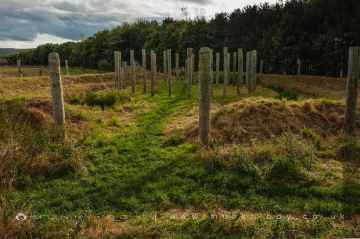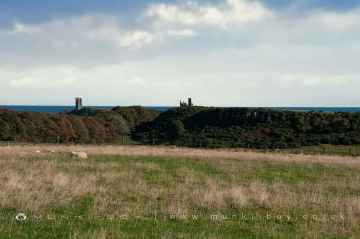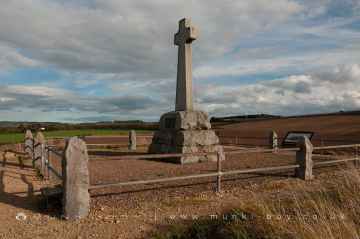Amble
Amble is a Town in the county of Northumberland.
Amble postcode: NE65 0DA
There are great places to visit near Amble including some great villages, ancient sites, beaches, hiking areas, geological features, castles, ruins, islands, towns, roman sites and historic monuments.
There are a number of villages near Amble including Milfield, Craster, and Bamburgh.
The area around Amble's best ancient sites can be found at Milfield North Henge.
The area around Amble features a number of interesting beaches including Embleton Bay, and Bamburgh Beach.
The area around Amble boasts some of the best hiking areas including Dunstanburgh, Sycamore Gap, and Hadrian's Wall near Hexham.
Geological Features to visit near Amble include Gull Crag and the Rumble Churn, Greymare Rock, and Sycamore Gap.
The area around Amble's best castles can be found at Dunstanburgh Castle.
Amble's best nearby ruins can be found at Dunstanburgh Castle, WWII Sandbag Pillbox, and Old Limekiln at Dunstanburgh.
The area around Amble's best islands can be found at Farne Islands.
There are a number of towns near Amble including Hexham, and Berwick-upon-Tweed.
There are a number of roman sites near Amble including Hadrian's Wall near Hexham, and Chesters Roman Fort.
There are a number of historic monuments near to Amble including Flodden.
Amble History
There are some historic monuments around Amble:
Places to see near Amble
History of Amble
Amble grew in the nineteenth century as collieries were opened; and the newly built railway links to the Northumberland coalfields made the town a centre for the sea transport and export of coal. Prior to the development of the harbour, the town was “little more than a hamlet”, according to the architectural guides originally compiled by Nikolaus Pevsner. The principal local mineworkings were those at Broomhill and at Radcliffe.



























